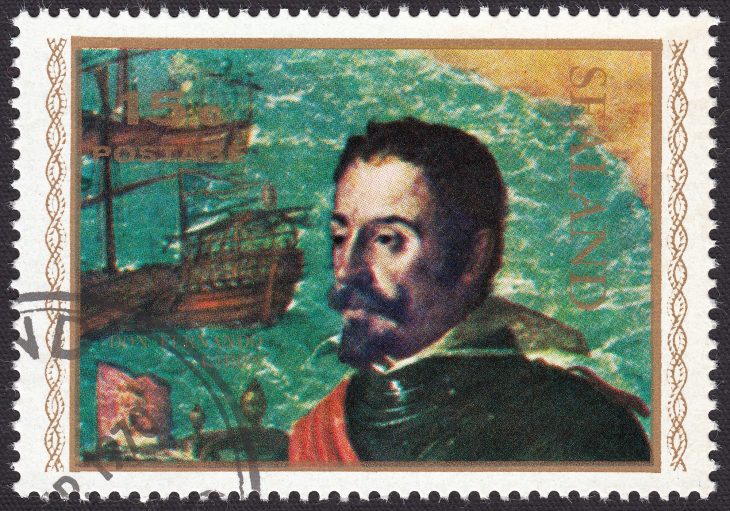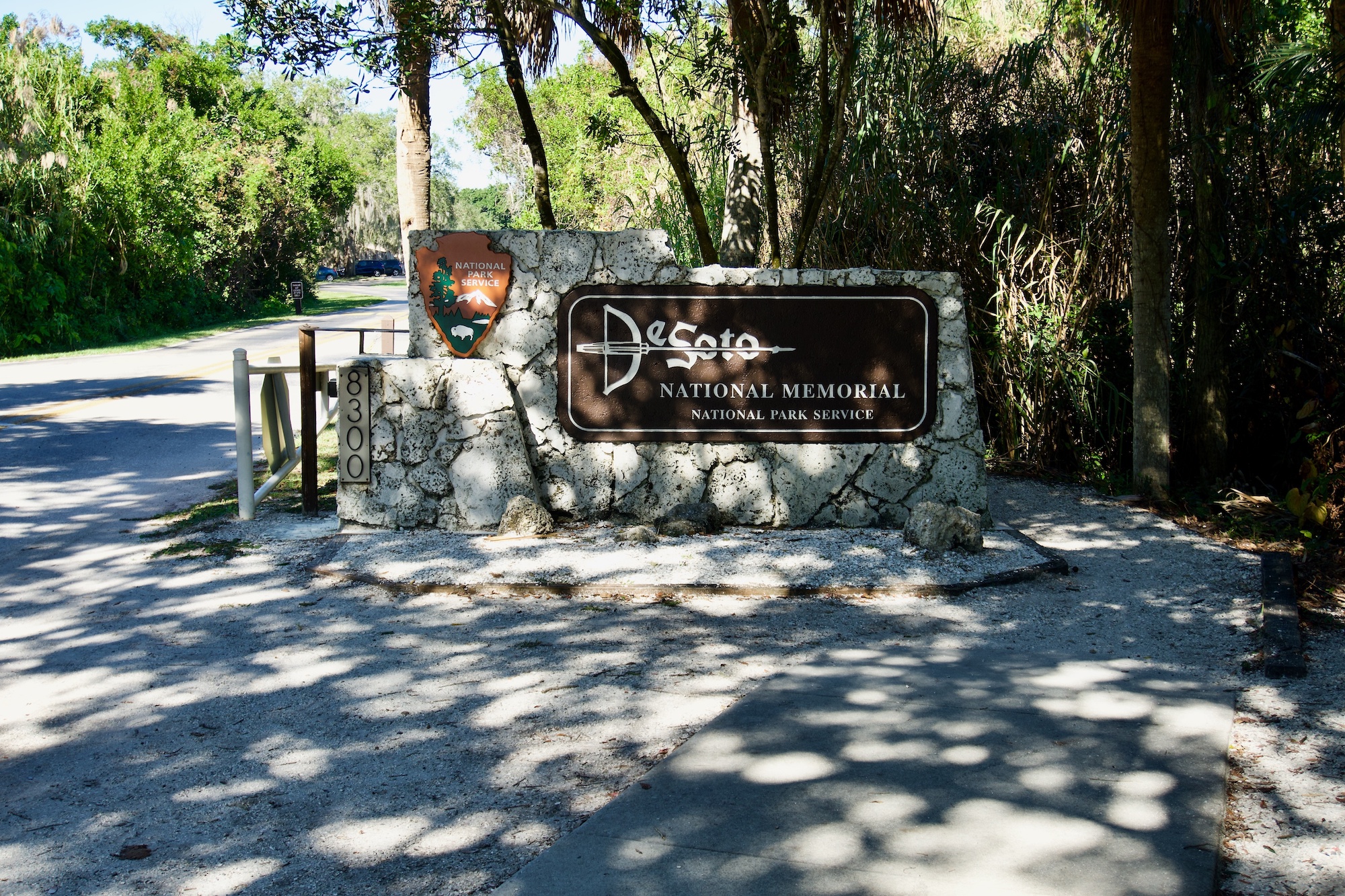
Hernando De Soto, a name that echoes through the annals of history, is widely celebrated for his ambitious explorations and significant contributions. This intrepid Spanish conquistador left an indelible mark on the world as he ventured into uncharted territories, paving the way for new discoveries and shaping the course of human civilization. In this article, we delve into 20 intriguing facts about Hernando De Soto, providing a captivating glimpse into his extraordinary life.
Early Life and Background
Born in Jerez de los Caballeros, Spain, in the year 1496, Hernando De Soto hailed from a noble family. His upbringing instilled in him a sense of adventure and curiosity, which would ultimately lead him to become one of the most renowned explorers of his time.
A Journey to the New World
In 1514, at the young age of 18, De Soto embarked on his first voyage to the New World, setting foot in the vast uncharted territories of the Americas. This marked the beginning of his lifelong exploration and discovery.
Accompanying Francisco Pizarro
De Soto joined the expedition led by Francisco Pizarro, the conqueror of the Inca Empire. His involvement in this historic expedition earned him recognition and valuable experience, shaping his future endeavors.
Exploration of Florida
De Soto is renowned for leading the first European expedition deep into the interior of the southeastern region of the United States. From 1539 to 1543, he explored and claimed Florida for the Spanish crown, opening the gateway to further European colonization.
The Mississippi River Discovery
One of De Soto’s most significant achievements was the discovery of the mighty Mississippi River. In May 1541, his expedition reached the river, becoming the first Europeans to set eyes upon its grandeur.
A Wealthy Conquistador
De Soto was an astute businessman and amassed considerable wealth through his ventures and conquests. He invested in plantations and mining operations, further solidifying his financial success.
A Ruthless Conqueror
While De Soto’s expeditions brought forth remarkable discoveries, he was also known for his ruthless tactics when dealing with Native American populations. His conquests were often marked by violence, enslavement, and exploitation.
Searching for El Dorado
Like many explorers of his time, De Soto embarked on a quest to find the legendary city of El Dorado, rumored to be overflowing with unimaginable riches. Although unsuccessful in this pursuit, his endeavors contributed to the expansion of knowledge about the New World.
Legacy of Disease
Unfortunately, De Soto’s expeditions unintentionally introduced diseases to indigenous populations, leading to devastating consequences. The spread of diseases like smallpox caused significant decline and suffering among Native American communities.
Death and Burial
Tragically, Hernando De Soto’s journey came to an abrupt end in 1542. Afflicted by fever, he passed away on the banks of the Mississippi River. His body was laid to rest in the river, fulfilling his request to be buried within its depths.

Tales of Lost Treasure
Legends emerged surrounding De Soto’s lost treasure, said to be hidden somewhere within the vast lands he explored. To this day, treasure hunters and historians are captivated by the allure of uncovering these fabled riches.
Historical Accounts and Chronicles
Numerous accounts and chronicles document De Soto’s expeditions and their impact on the New World. These records provide invaluable insights into the exploration and conquests of the era.
Influence on Future Explorations
De Soto’s expeditions played a pivotal role in shaping future explorations and colonization efforts. His discoveries paved the way for subsequent European expeditions and the eventual establishment of permanent settlements.
Architectural Contributions
De Soto introduced architectural innovations to the New World, including the construction of bridges, fortifications, and encampments. These structures not only served strategic purposes but also showcased Spanish engineering prowess.
Impact on Native American Societies
De Soto’s interactions with Native American tribes had a profound impact on their societies. These encounters influenced their social, political, and cultural dynamics, forever altering the course of their history.
Commemoration and Memorials
Throughout the Americas, various monuments, statues, and landmarks pay tribute to Hernando De Soto’s exploratory spirit and enduring legacy. These commemorations stand as testaments to his contributions and the historical significance of his expeditions.
Publications and Scholarly Studies
De Soto’s expeditions continue to be subjects of intense scholarly study and research. Numerous books, articles, and publications shed light on his life, explorations, and the broader historical context in which he operated.
Artistic Representations
De Soto’s captivating story has inspired numerous works of art, including paintings, sculptures, and literary works. Artists from different eras have sought to capture the essence of his adventures and the spirit of exploration.
Controversies and Debates
Debates and controversies surround some aspects of De Soto’s expeditions and actions. Historians and scholars continue to examine and reevaluate the impact and consequences of his encounters with Native American populations.
Enduring Exploration Legacy
Hernando De Soto’s exploration legacy endures to this day. His expeditions opened the doors to further exploration, colonization, and the subsequent formation of the diverse societies we see across the Americas today.
Conclusion
In conclusion, Hernando De Soto’s life and expeditions continue to captivate the imagination and serve as a testament to the spirit of exploration and discovery. Through his journeys, De Soto left an indelible mark on the world, shaping history and opening new frontiers for generations to come. As we delve into the mysteries of his life, we uncover the triumphs, controversies, and enduring legacy of this remarkable explorer.
Frequently Asked Questions (FAQs)
Was Hernando De Soto successful in finding El Dorado?
No, despite his efforts, Hernando De Soto did not find the legendary city of El Dorado. However, his explorations contributed to expanding knowledge about the New World.
What impact did Hernando De Soto have on Native American populations?
Hernando De Soto’s interactions with Native American populations were marked by violence, enslavement, and disease. His expeditions brought significant suffering and decline to indigenous communities.
What happened to Hernando De Soto’s lost treasure?
The exact location of Hernando De Soto’s lost treasure remains a mystery. Legends and tales persist, igniting the imagination of treasure hunters and historians alike.
How did Hernando De Soto die?
Hernando De Soto died of fever on the banks of the Mississippi River in 1542 during his expedition.
What is Hernando De Soto’s lasting legacy?
Hernando De Soto’s expeditions paved the way for further exploration, colonization, and the establishment of permanent settlements. His impact on the Americas and Native American societies is still felt today.
Was this page helpful?
Our commitment to delivering trustworthy and engaging content is at the heart of what we do. Each fact on our site is contributed by real users like you, bringing a wealth of diverse insights and information. To ensure the highest standards of accuracy and reliability, our dedicated editors meticulously review each submission. This process guarantees that the facts we share are not only fascinating but also credible. Trust in our commitment to quality and authenticity as you explore and learn with us.
